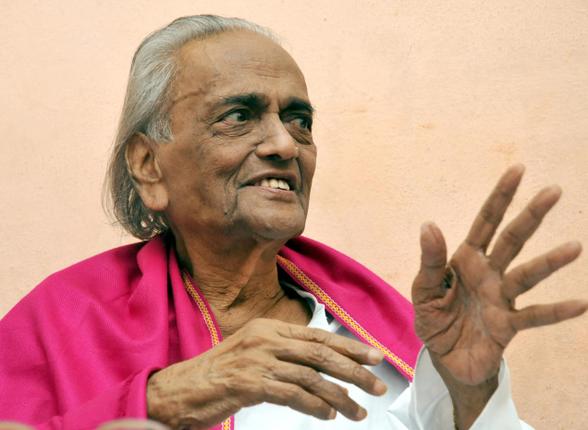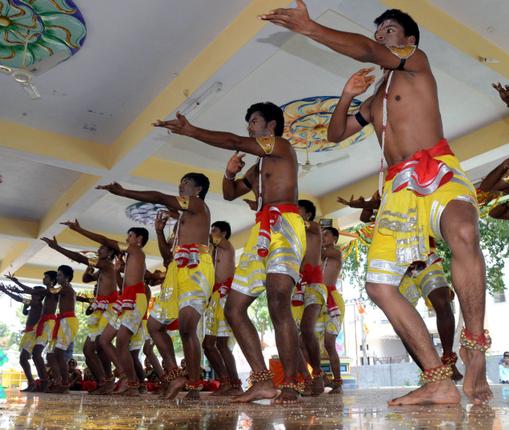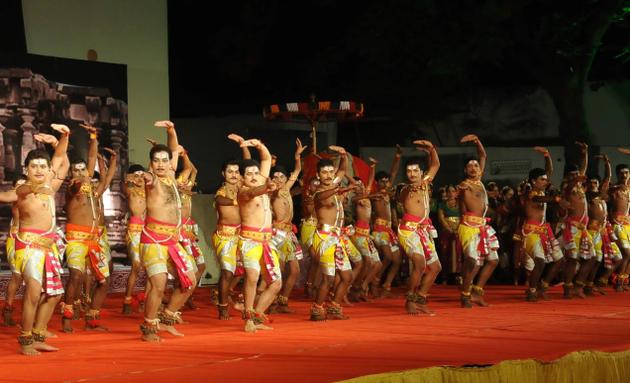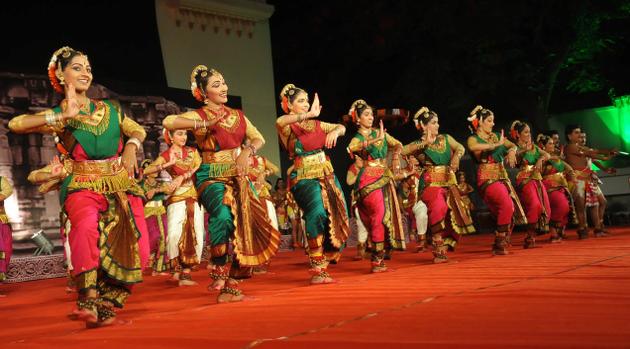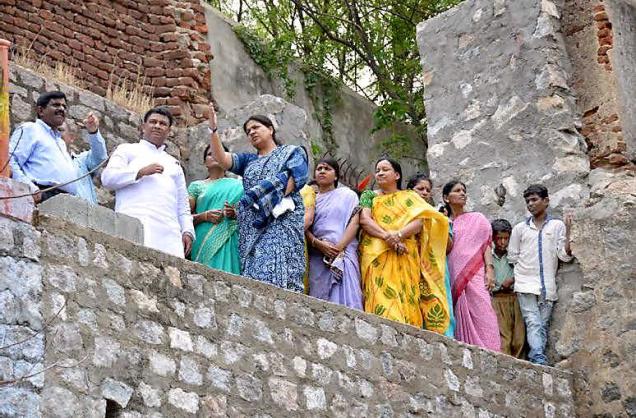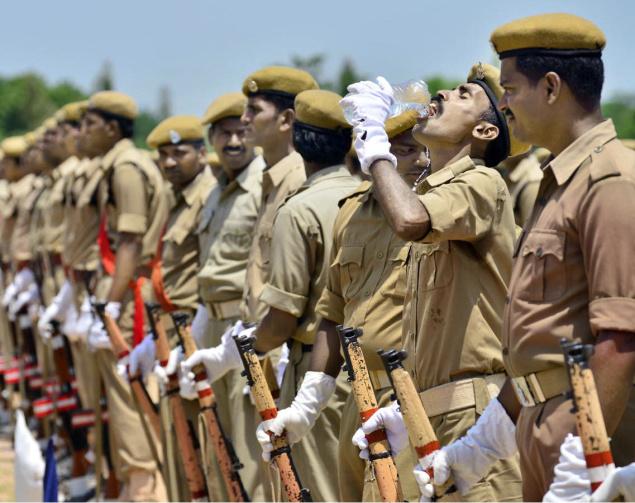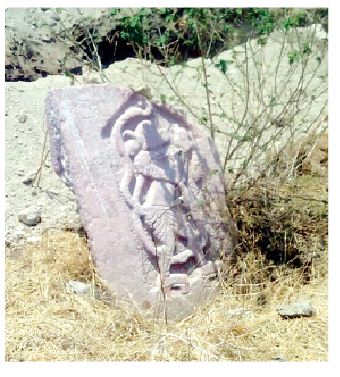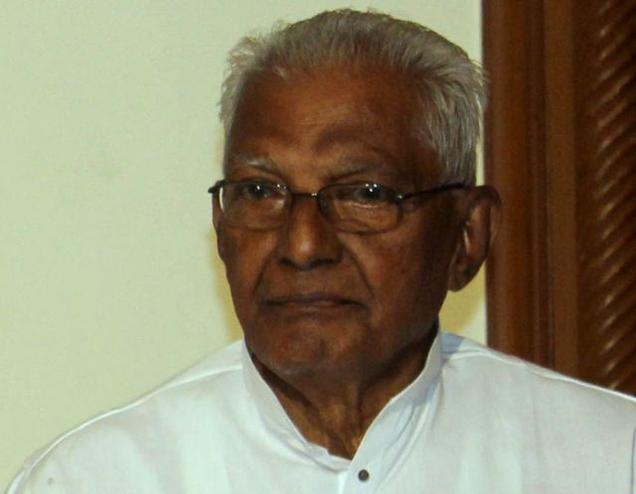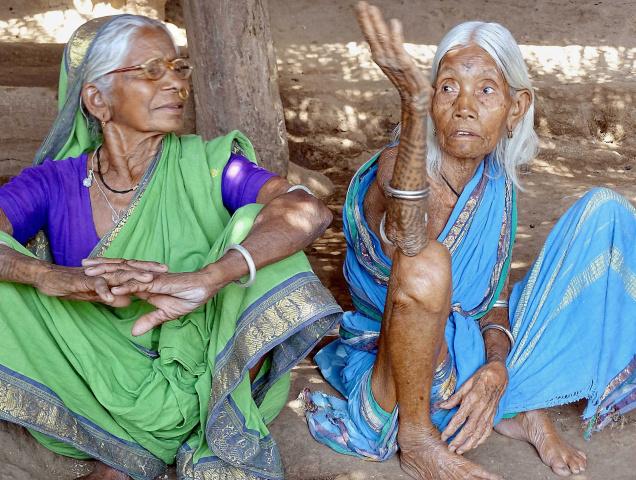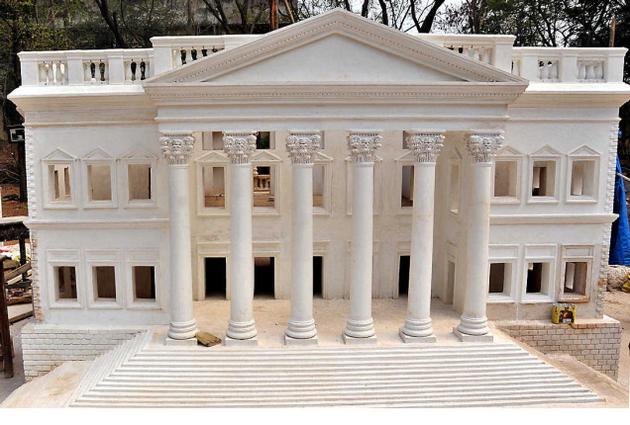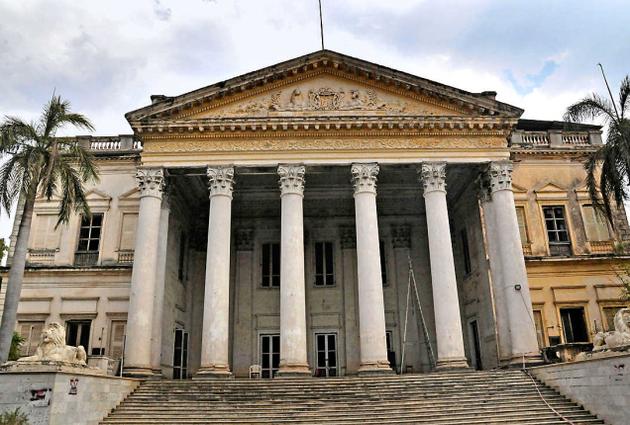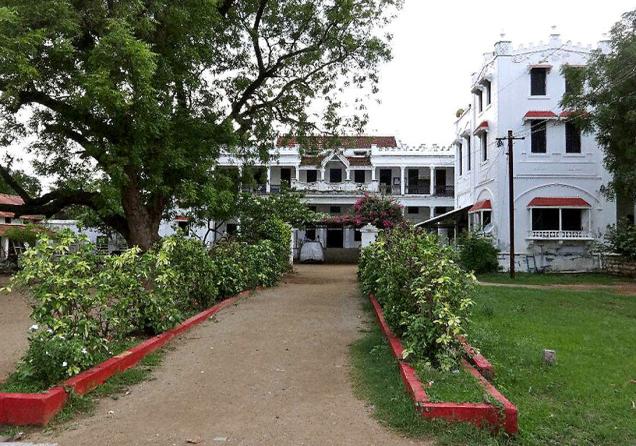
The awe-inspiring symbol of feudal power, Manor houses, locally known as Ghadi which are found across Telangana have faded into oblivion.
Ghadis are dwelling places of people who had wielded power on local communities during and after Nizam’s era in Telangana districts. Usually a feudal lord owned thousands of acres of land and had under his control over half a dozen villages and even more. The feudal lords belonged to all castes, mostly upper castes – Reddy, Brahmin and Velama communities.
The crumbled Ghadis and ruins can be seen now. The popular Ghadis in Warangal district – the one at Atmakur owned by Reddy community had collapsed over the decades as they left the place long ago. The one at Visnur in Palakurthy mandal owned by one Ramachandra Reddy is now locked and abandoned.
Another historic Ghadi at Kalleda village owned by Velama lords in Parvathagiri is intact and was converted into a free school for the local community by the descendents of Errabelly Veera Raghava Rao.
The Kalleda Ghadi is a place worth visiting. Built on six acres of land in 1936 with brick and lime stone it has completed 80 years of existence.
The roof is a combination of jack arch and Madras chajja. The height of the two-floor building is 40 feet and the compound wall is 20 feet. It has 40 rooms in all.
The majestic Kalleda Ghadi which inspired fear among the local people is now a happy place for children hailing from downtrodden communities.
Speaking to The Hindu , Errabelli Rammohan Rao said that over the decades their families thrived in the village. Now they thought it was time to give back something to the people who served them. Starting school in the Ghadi was the best thing. “Giving education is one of the best things you can do to anybody, particularly these children who cannot afford it at all,” he said.
Besides shaping all-round development of students, the Kalleda rural school had produced sportspersons of national and international repute.
The Ghadis which are dilapidated continue to be the private property of the families and their heirs. Not many owners visit them for various reasons known only to them.
source: http://www.thehindu.com / The Hindu / Home> National> Telangana / by Gollapudi Srinivasa Rao / Parvathagiri (Warangal Dt.) – July 08th, 2016
